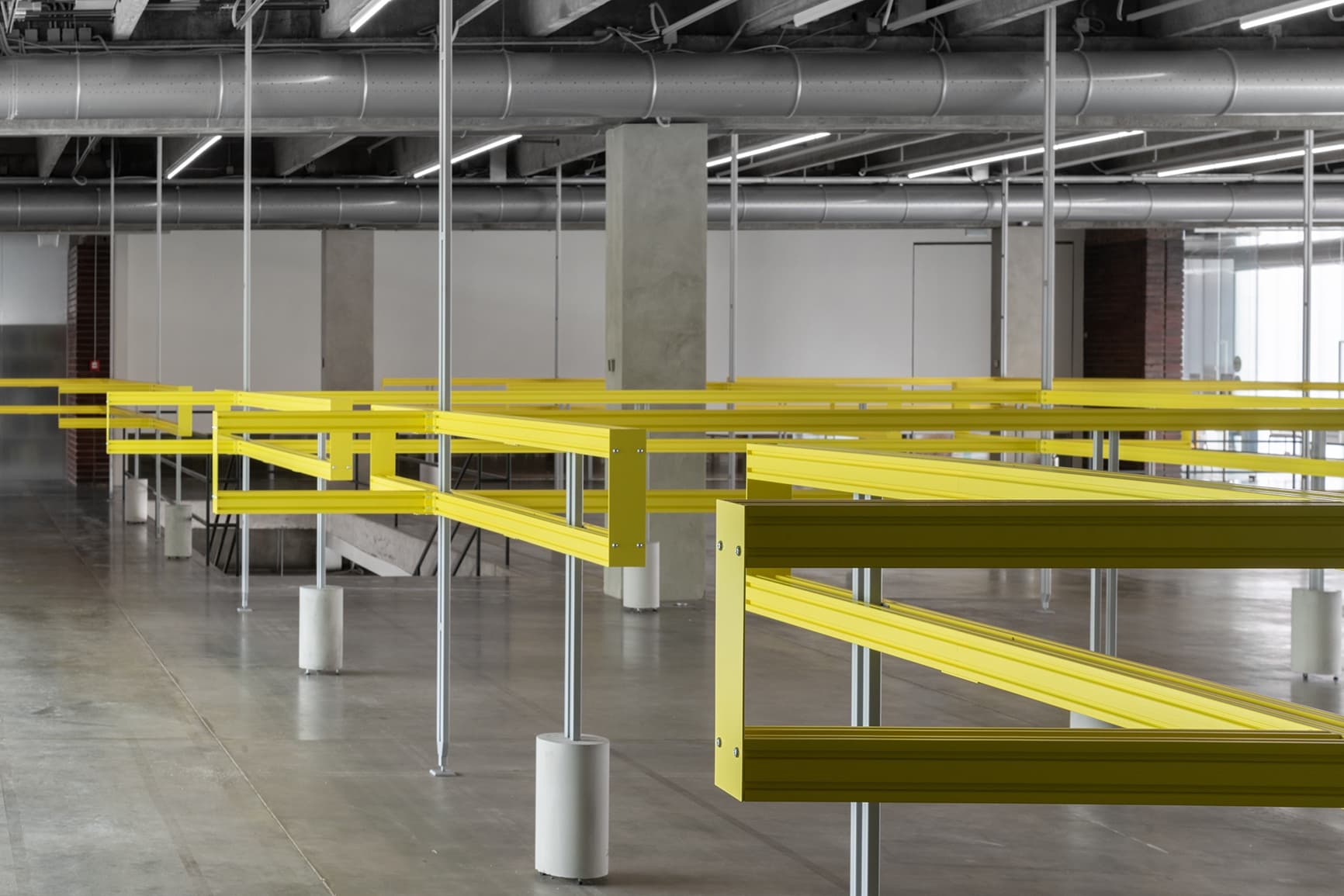Trips out of Town, volume 2
Collective Actions
- Category
- MediumPaper, cardboard, print, pen, pencil, felt pen, typescript
- Dimensions28.5 × 20.5 × 3 cm
- Сollection
- Inventory numberPZG-1983-D17016-CN
Keywords
About the work
Works on display in Garage open storage include the first five volumes of Trips Out of Town by the group Collective Actions (founded in 1976; organizers of the actions included Andrei Monastyrsky, Nikita Alexeev, Nikolai Panitkov, Elena Elagina, Igor Makarevich, Sergey Romashko, Sabine Hänsgen, and others), a key representative of Moscow Conceptualism. Each volume is a form of report on the activities of Collective Actions that includes descriptions of the actions, photo documentation, participants’ impressions, and theoretical essays. The group's actions mostly took place in various places in Moscow and Moscow region, away from urban areas (hence the title of the volumes). The best‑known location for the actions was the Kievogorskoe field near Lobnya, which was not just a regular gathering place for participants but a hermetic metaphysical space where, as if on a blank sheet of paper, the outlines of new actions would be drawn time and again. By the end of the 1980s, after completing the fifth volume of Trips Out of Town, Andrei Monastyrsky was considering winding up the Collective Actions project. The basic discursive framework had been produced and participants' interest in organizing actions has waned. Nevertheless, after the compilation of the fifth volume, Collective Actions moved on to a new stage in their history and their actions, as well as work on new volumes of Trips out of Town, have continued until the present day.
At first sight, the Trips Out of Town books seem to be an intermediate, non‑independent artifact existing between archival evidence and the actions themselves. Usually, documentation of actions or performance art is seen as something secondary which only refers back to the original work, the implication being that the authentic experience in its entirety is only available to participants and viewers at the moment of the event itself. In the case of Collective Actions, however, the book format offers one of the most all‑encompassing ways of experiencing the actions.
Both role of each participant and the point of view from which they saw what was happening played an important part in the actions. Viewers came up with very different interpretations of the experience depending on their location within the space of the action, the emotional state and thoughts with which they arrived at the place, the extent to which the organizers had explained the action, and their knowledge of the history of the group's past activities. In fact, the group’s actions were not reduced exclusively to the performative part played out in the field. Receiving an invitation, traveling to the location, waiting for the action to begin, participants' experiences during the performance of actions, and the reflection on it that followed were all constituent elements of the work. A contemporary viewer holding a volume of Trips Out of Town and freed from their own existential experience of participation is presented with a different and, in a sense, broader picture than the immediate witnesses of the action, who are themselves the subject of contemplation and experience. Each module in the display is devoted to one Trips Out of Town volume. The materials presented are divided into several groups: descriptive (textual descriptions of the actions and the organizers' comments, photo and audio documentation), narrative (participants' stories), and discursive (articles, conversations, and essays by the participants).





